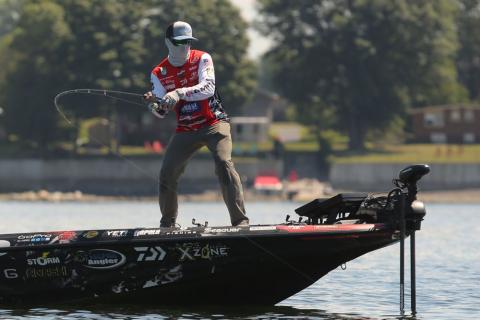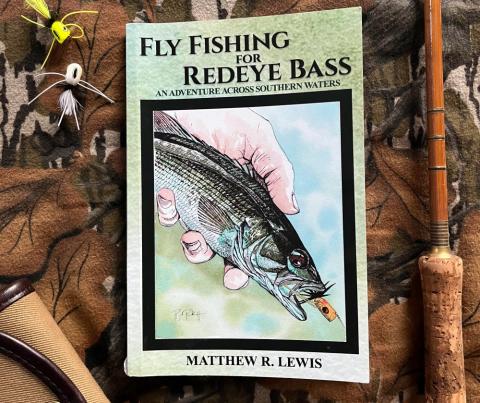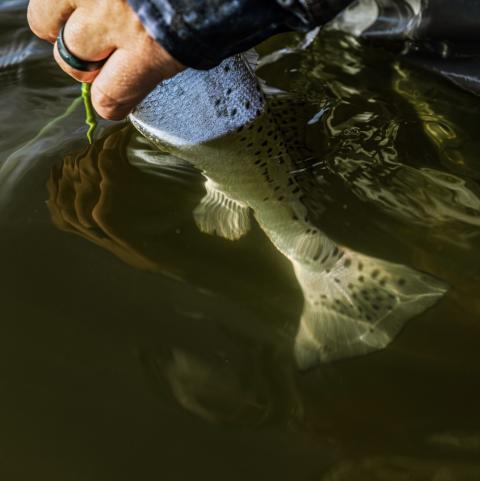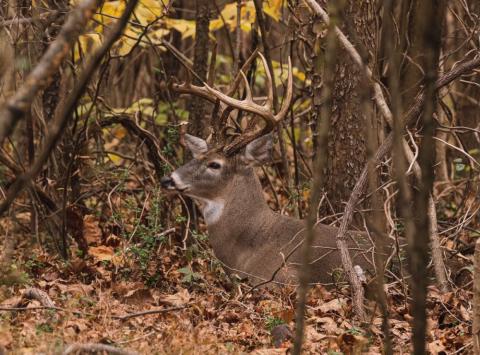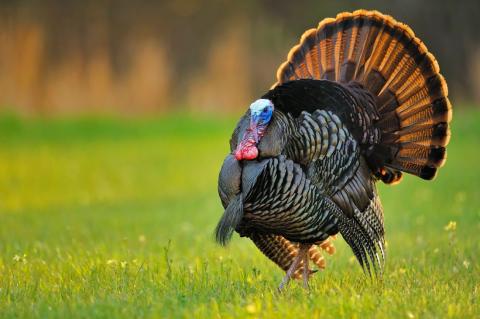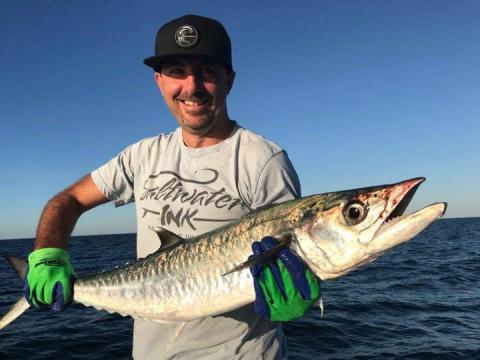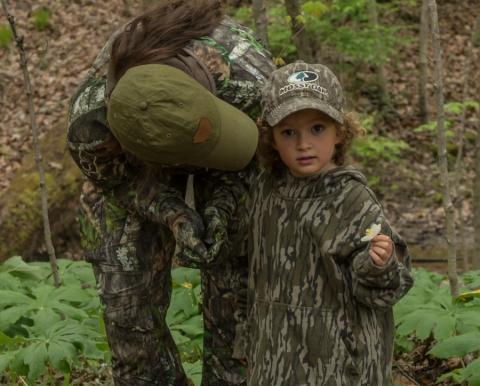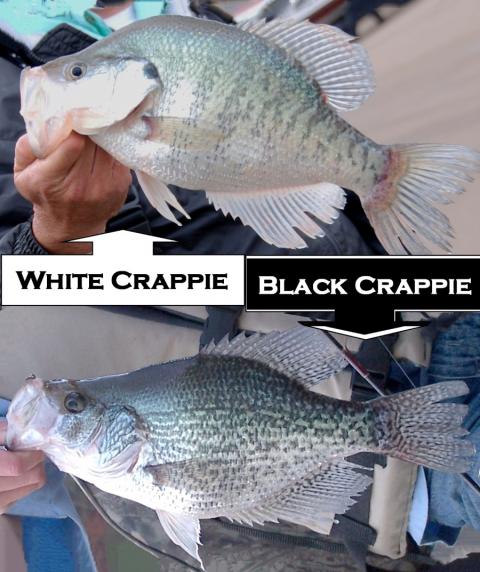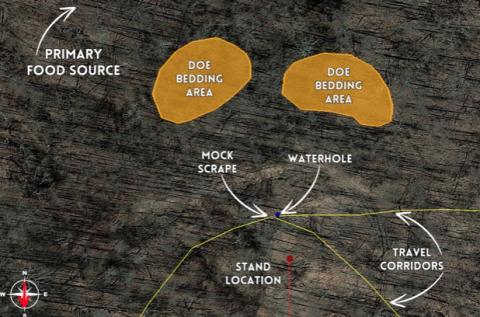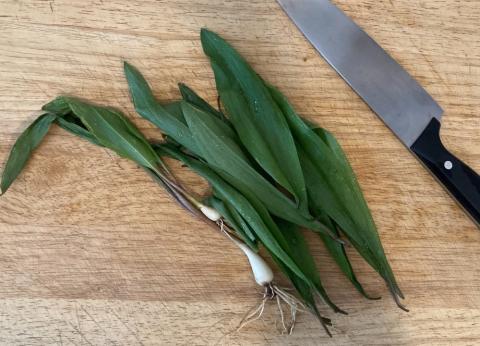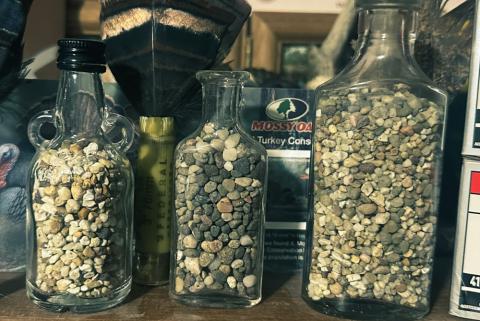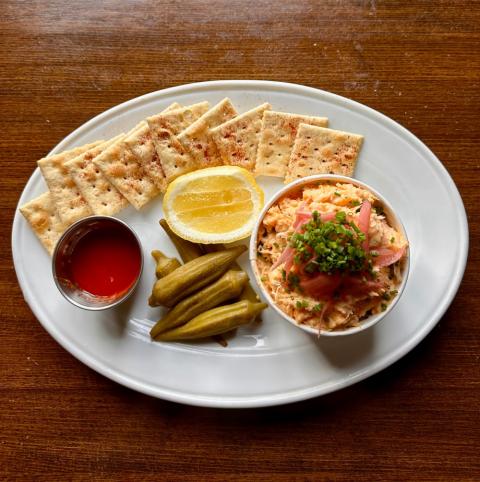
Fly fishing is one of the most peaceful and satisfying sports on the water. With rhythmic casts and natural surroundings, it doesn't get much better than an afternoon on the river.
If you're picking up fly-fishing, you need to know a few basic cast techniques and how to tell what the fish are eating. Here are five tips for beginning fly-fishers.
1. Learn a Basic Fly Cast
The foundation for all fly casting moves is called a basic fly cast. To accomplish this cast, you'll start with your rod tip pointing down and your line laid out on the water in front of you.
Smoothly accelerate from this position until your rod tip is behind you, and then pause to let the line unfurl behind you. Then accelerate forward to cast the line in front of you.
2. Use a Roll Cast in Tight Spots
Sometimes, you won't have the room to be able to backcast, and so you'll have to use a roll cast to get your lure in the water. You’ll use a roll cast if the river is bordered by a dense tree line with overhanging branches. If you try a basic fly cast in that environment, you'll get hung up in the bushes.
To roll cast, flick your rod tip up, but let your line hang down by the side of the rod. You should be able to see the shape of a capital "D" in your peripheral vision, with the rod as the straight part and the line making the belly of the letter. Once you see that shape in your periphery, cast your line forward.
To repeat this cast, pull the rod back so the line drags on top of the water, and let it hang next to you again before repeating the motion.
3. Find a Deep Water Pool
If you’re lake trout fishing and you want to fish the deep water pools that the larger trout like to frequent, your fly will have to be heavy enough to drift to the bottom of the pool. Trout love to hang out near the river bottom where their baitfish and larva prey live.
Use a heavy fly or add weight to the lure with a split shot. Ideally, you want your fly skipping along the river bed bottom. You can tell your fly is getting to your desired depth if you periodically get hung up underwater and have to yank your fly free.
If your fly is drifting freely through the water, it may not be deep enough, and you will want to add more weight to the fly to reach your desired depth. Conversely, if you're getting hung up too often, you may need to lighten the fly.
4. Learn to Tie a Wooly Bugger
Fly fishing is a great fishing hobby that lets you express your creative and crafty side through fly-tying. One of the most successful flies for a variety of species, the wooly bugger is effective and simple to tie.
Start by wrapping the upper end of your hook with black thread. When flies are made with a lot of material, they tend to float, so you may need to add some weight. Tie the weight toward the eye of the hook to make the hook flip up like a bass jig. This can help you avoid getting caught up on the bottom of the river.
Wrap your thread halfway down the hook and attach your feather. Measure the feather along the hook, and then lay it across the back of the hook and wrap the thread around it. To bulk it up more, grab some chenille, which is soft yarn, and lay that along the top of the feather. Then, tie it down.
Finally, use a hackle, or a more durable feather, along the back of the hook and secure it with thread. Wrap the rest of the chenille around the body of the hook, hiding the thread. This will give the wooly bugger more mass, which will create more water vibrations for the trout to sense.
Then take the hackle, which is hanging off the end, and wrap it around the top half of the hook, where it will spike up and give your fly more bulk. Wrap the hackle a few more times with your thread to secure the feather to the fly.
Finish by wrapping the thread around the eye of the hook. A whip finisher can help you tie a few half hitches to ensure the trout won't rip the fly to shreds on your first cast.
5. Consider What the Trout Are Eating
A small portion of the time, trout will take a bug right off the surface of the water. Most of the time, trout prefer to feed subsurface, and they’re usually eating nymphs. The term “nymph” refers to many bugs in their larval stages.
If the trout aren't hitting your flies on top of the water, change out your fly to what most closely resembles what's hatching in the area, and then cast into pools and behind rocks and other outcroppings. If you dangle a nymph in front of a trout long enough, it will likely take the bait.
If you're fishing a river or lake that you've never been on, the easiest way to find out what the trout are eating is by going to the local tackle shop and asking the experts there. Usually, tackle shops have a hatch chart, which tells you what kind of bugs hatch during each season. The chart will also show you which flies most resemble what's hatching.
Another great way to home in on what the fish are eating in a particular area is by heading down to the water and looking around. Pick up some large rocks and look for bug eggs in the loose dirt. Check spiders' webs to see what kind of insects they've caught. Then find a fly in your tackle box that matches the ones you've observed.
The clarity of the water will let you know how bright your flies need to be. If the water is very murky, you'll need a more colorful fly than you’d need for fishing a crystal clear stream.

Fly fishing is a beautiful sport that lets you enjoy nature, catch and release beautiful trout, and express your crafting skills through fly-tying. If you're just picking up the hobby, know some handy casts and what the fish are eating.














